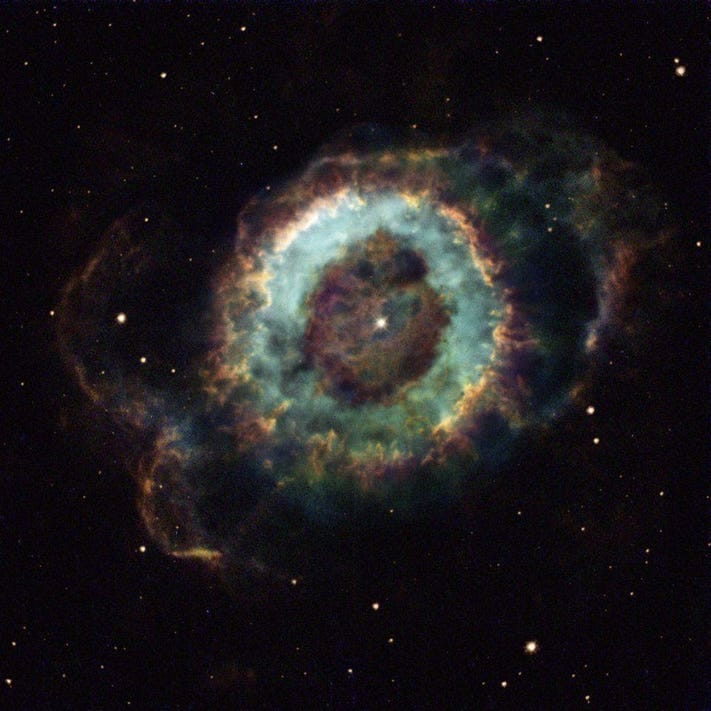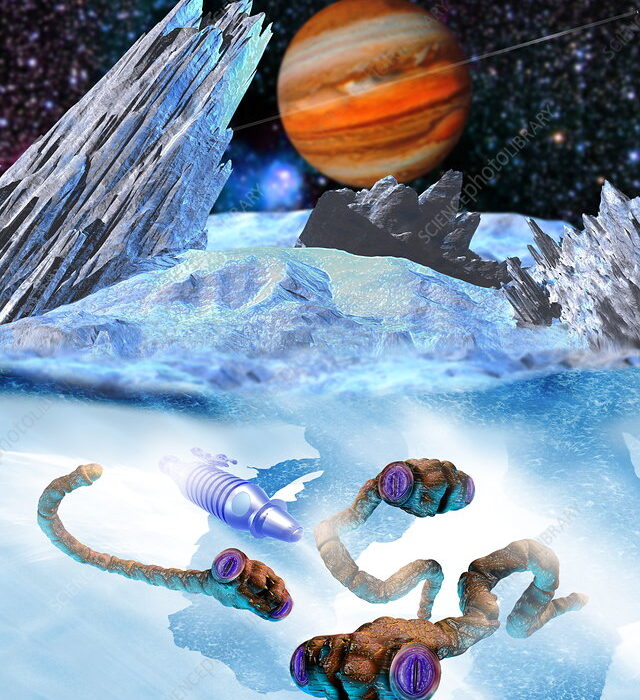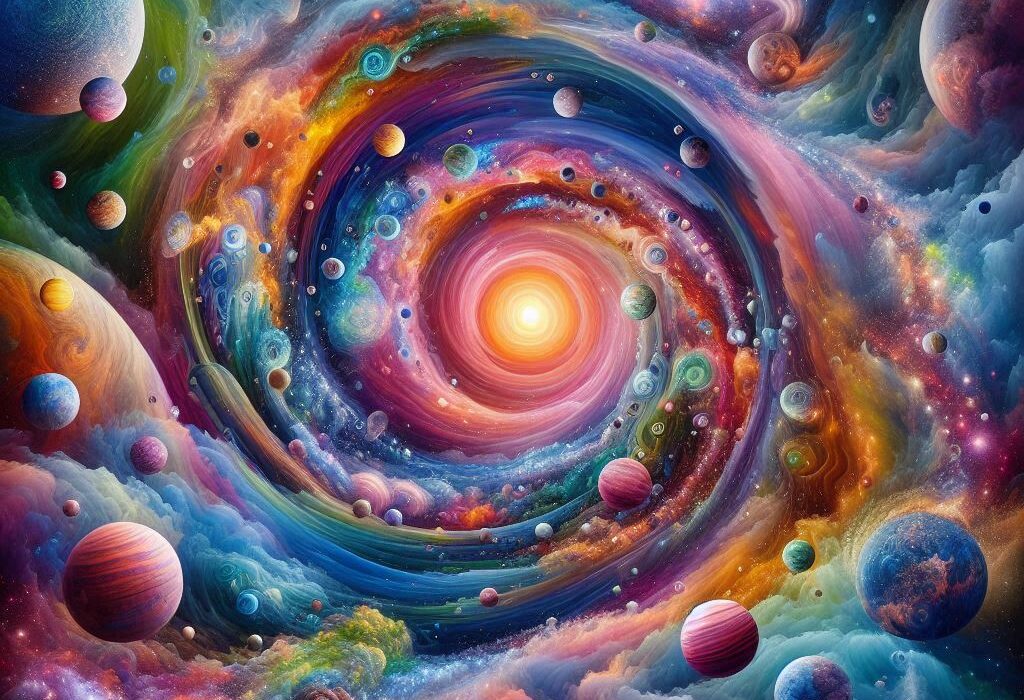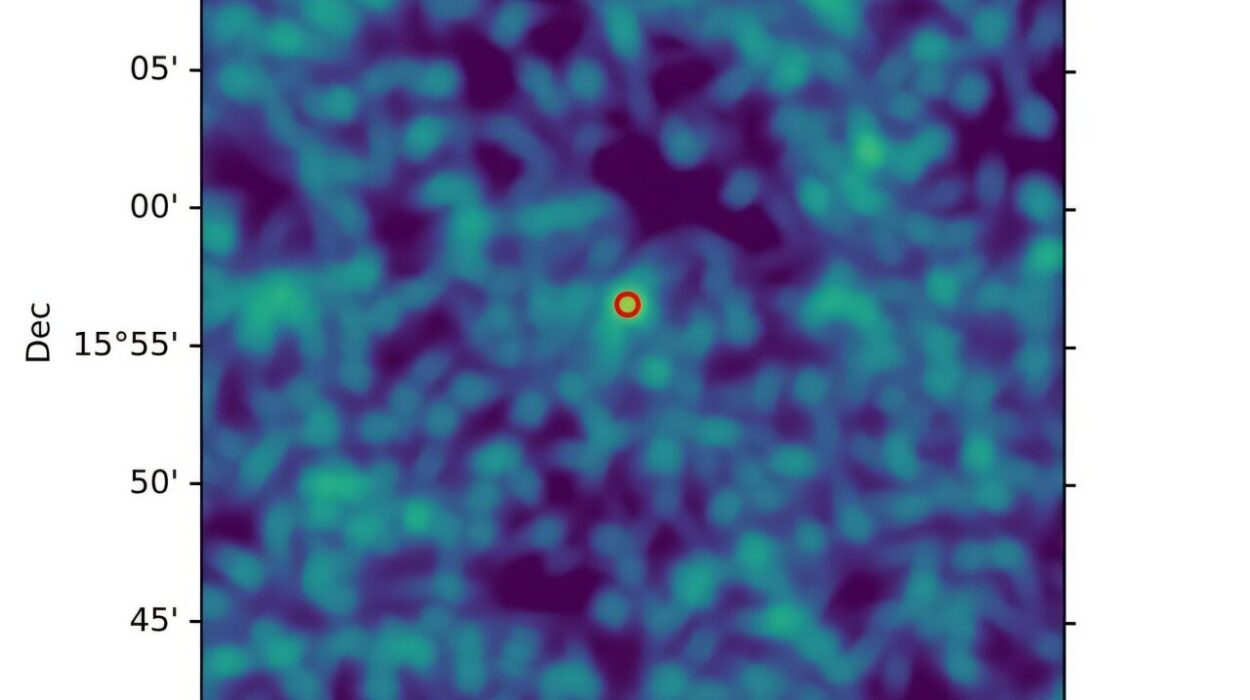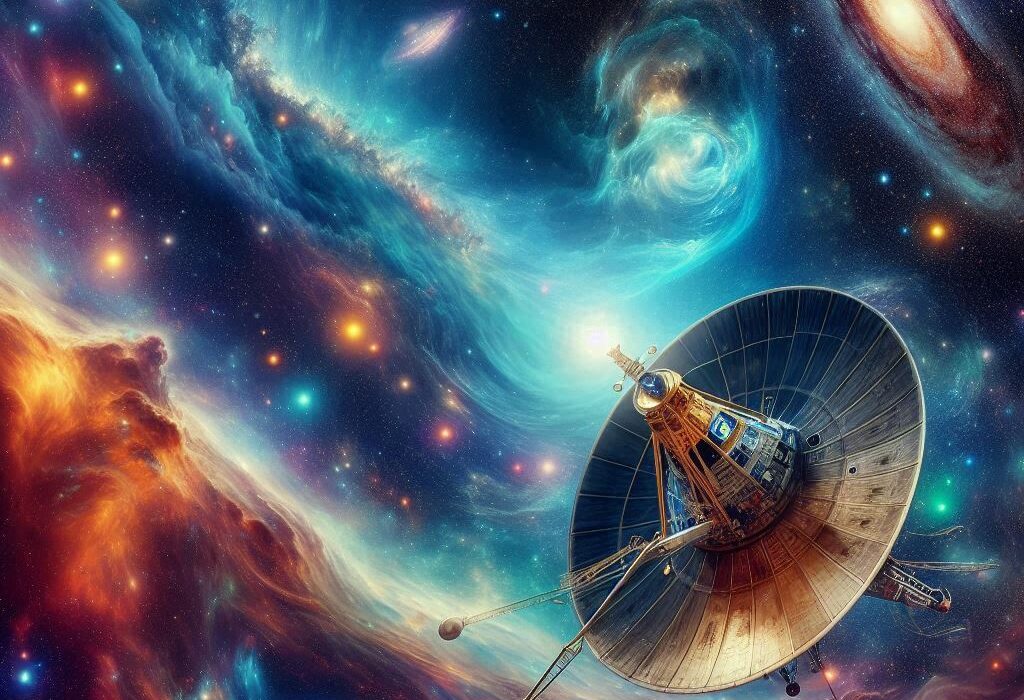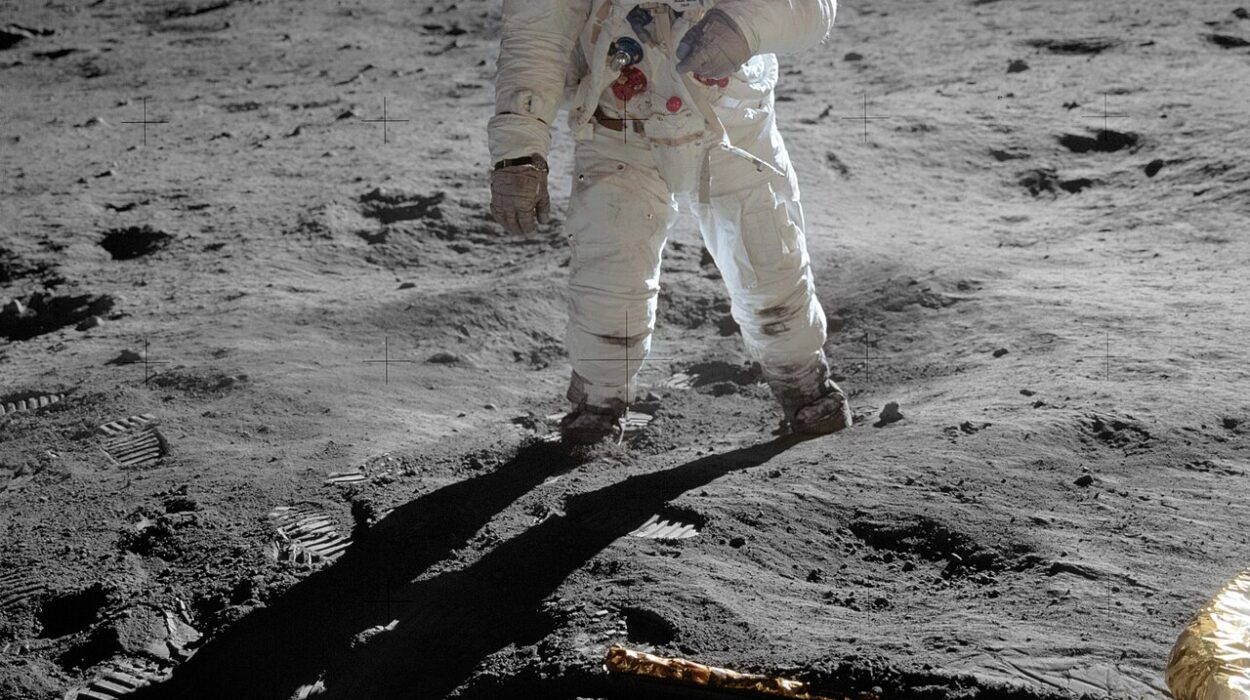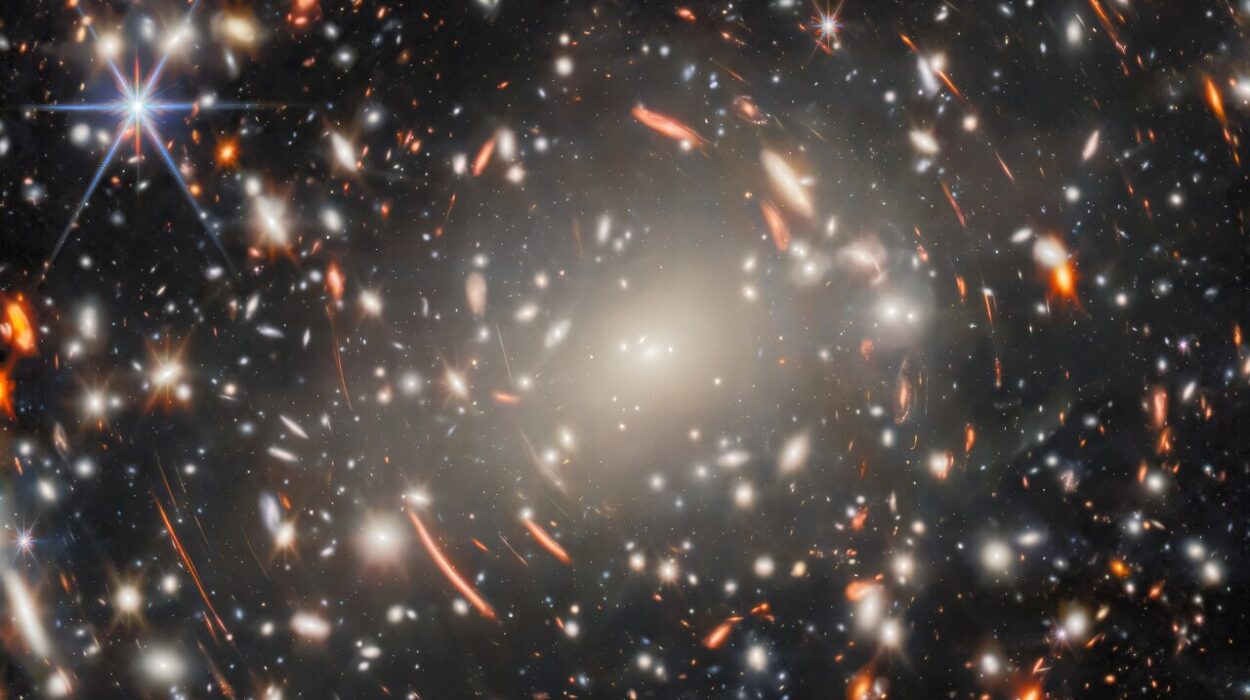In the vast silence of the cosmos, nearly five billion years ago, a swirl of cosmic dust and gas ignited in a brilliant flash of nuclear fire. From that moment of stellar birth, our Sun has shone relentlessly, nurturing planets, kindling life, and anchoring the grand celestial ballet of our Solar System. Every tree that grows, every ocean that stirs, every breath we take owes itself to the energy radiating from this single, magnificent star.
Yet, like all living things, stars are mortal. The Sun, though vast and seemingly eternal, is no exception. Its light that warms us today carries within it the story of its eventual demise—a cosmic fate written in physics and time. One day, billions of years from now, our Sun will cease to shine, transforming into something entirely different. Understanding this journey is not only a scientific quest but also a deeply human meditation on impermanence, survival, and our place in the universe.
The Life of a Star
To comprehend the Sun’s death, we must first understand its life. The Sun is a middle-aged star, classified as a yellow dwarf, steadily fusing hydrogen into helium in its core through nuclear fusion. This process releases the energy that radiates as sunlight, balancing the inward pull of gravity with the outward pressure of heat.
For billions of years, this balance has been stable, making our Sun a remarkably consistent and life-sustaining star. But stars, like candles, burn through their fuel. The Sun has already spent about 4.6 billion years converting hydrogen into helium. Roughly five billion years from now, that hydrogen supply in the core will run critically low. At that moment, the serene, stable Sun we know will begin a dramatic and transformative final act.
The First Signs of Change
Long before the Sun reaches its final moments, subtle changes will ripple through the Solar System. As hydrogen dwindles, the core will contract under gravity, growing hotter. This increased temperature will push fusion into surrounding layers of hydrogen, causing the Sun’s outer layers to expand. Over the next billion years, the Sun will grow brighter, gradually heating Earth.
This rise in luminosity will have profound effects on our planet. In about one billion years, Earth’s oceans will begin to evaporate. The water vapor will thicken the atmosphere, creating a runaway greenhouse effect. Surface temperatures will soar, oceans will boil away, and life as we know it will vanish long before the Sun’s actual death. Our planet will slowly transform into a scorched, barren wasteland under a brightening, bloated Sun.
Becoming a Red Giant
When hydrogen fusion in the Sun’s core finally halts, gravity will collapse the core further, igniting helium fusion. This triggers a cataclysmic swelling: the Sun will balloon into a red giant star, its radius expanding hundreds of times its current size. From Earth’s current orbit, the Sun would appear as a massive, fiery orb dominating the sky.
Whether Earth itself will survive this phase is uncertain. Some calculations suggest the Sun’s outer layers might engulf Mercury and Venus, possibly Earth as well. Even if Earth narrowly escapes, the intense solar winds and blistering heat will strip away its atmosphere and pulverize its surface. The familiar blue planet would be unrecognizable—a lifeless rock circling a monstrous, glowing giant.
The Sun, during this red giant stage, will pulsate, shedding vast amounts of its mass in streams of stellar material that drift outward to form a beautiful, glowing cloud of gas. In this chaotic phase, new elements forged in the Sun’s fiery heart—carbon, oxygen, and others essential for life—will be hurled into space. These building blocks may one day seed new worlds and new forms of life elsewhere in the galaxy.
The Planetary Nebula: A Cosmic Butterfly
After a few hundred million years as a red giant, the Sun will lose so much mass that it can no longer hold its outer layers. They will drift away into space, forming a planetary nebula—a vast, glowing, multicolored shell of gas illuminated by the remaining core’s radiation.
From a distance, this nebula would appear as a breathtaking cosmic butterfly, with tendrils of red, blue, and purple gas expanding into the interstellar medium. Though stunning, it will be a fleeting spectacle. Planetary nebulae last only tens of thousands of years, a brief blink in cosmic time.
Yet this stage is not just beautiful—it is essential. The Sun’s death will scatter heavy elements into the galaxy, enriching interstellar space. These elements—carbon for life, oxygen for water, iron for planets—will become part of future stars, planets, and possibly living beings. In this sense, the Sun’s death is not an end but a transformation, a gift to the cosmos.
The White Dwarf: A Stellar Ghost
What remains after the nebula disperses is a stellar remnant: a white dwarf. This dense, Earth-sized core will be made primarily of carbon and oxygen, no longer undergoing fusion. Though no longer a star in the traditional sense, the white dwarf will still shine faintly, radiating leftover heat from billions of years of nuclear burning.
Over trillions of years, the white dwarf will cool and dim, eventually becoming a cold, dark, and dead object known as a black dwarf. The Sun will never explode as a supernova—it is not massive enough. Its death is quieter, a slow fading into cosmic obscurity.
The Solar System, by then, will be unrecognizable. The planets’ orbits will shift as the Sun loses mass. Some worlds may drift away entirely, cast loose into interstellar space. Moons and asteroids will wander, no longer held tightly by a strong solar grip. The once-bright heart of our Solar System will have become a faint, cooling ember.
The Fate of Humanity
While these events occur billions of years in the future, they force us to confront profound questions. If humanity survives long enough to witness the Sun’s transformation, what will we do? Will we watch helplessly as our home world perishes, or will we become a spacefaring civilization, escaping to other stars?
Astrophysicists speculate that advanced humans—or whatever we evolve into—could migrate to the outer Solar System as the Sun heats up. Worlds like Titan, Europa, or distant dwarf planets might temporarily become habitable as the Sun grows brighter. Eventually, interstellar travel may be our only salvation, seeking refuge around younger, more stable stars.
In this way, the death of the Sun is not just a scientific curiosity but a challenge to our species’ ingenuity and resilience. Our survival depends on foresight and cosmic exploration. The Sun’s demise reminds us that even our most cherished home is temporary, and adaptation is written into the destiny of life.
Lessons from Stellar Evolution
The Sun’s fate is not unique. Across the Milky Way, countless stars live and die in similar ways. Red giants, planetary nebulae, and white dwarfs are common sights in the night sky, each telling the story of a star’s final chapter. By studying them, astronomers have pieced together our Sun’s future with remarkable precision.
Some stars, far larger than the Sun, die more violently, collapsing into supernovae and leaving behind neutron stars or black holes. These cataclysmic deaths forge heavy elements like gold and uranium, scattering them across galaxies. Our Sun is not so dramatic, yet its quiet death still plays a vital role in cosmic recycling, seeding the universe with elements for future generations of stars and planets.
Thus, when we gaze upon ancient nebulae or faint white dwarfs through telescopes, we are looking at our own future—a vision of what the Solar System will one day become.
A Universe Without the Sun
Imagine standing on a frozen, abandoned Earth in the far future. The sky is dark. The warmth and light that once bathed the planet are gone. In the distance, the white dwarf Sun glimmers faintly, casting long, cold shadows. The Solar System is quiet, a cemetery of dead worlds orbiting a ghost star.
But even in this desolation, the legacy of the Sun endures. Its matter has dispersed through space, becoming part of nebulae that birth new stars and planets. Perhaps, light-years away, intelligent beings thrive under the warmth of a star formed partly from atoms that once resided in our Sun. Life, though fragile, finds ways to continue.
The death of the Sun is not the end of the universe. Stars are born and die in an endless cycle. Galaxies spin on for trillions of years. New suns will shine, and new worlds will awaken to life. The cosmos has witnessed countless stars live and fade before ours, and it will continue long after the last trace of sunlight has vanished.
Finding Meaning in Cosmic Mortality
Knowing the Sun will one day die can feel unsettling, even tragic. We owe our existence to this star; how can we accept its eventual end? Yet within this knowledge lies profound beauty. The Sun’s life and death are part of a grand cosmic story of transformation. From stellar ashes come planets, oceans, forests, and consciousness itself.
Our lives, like the Sun’s, are finite. But just as the Sun will leave behind elements that spark new worlds, we too leave behind legacies—ideas, discoveries, acts of kindness—that ripple into the future. The Sun’s death reminds us to cherish the fleeting moment we share with this luminous star and with each other.
Science shows us that endings in the universe are not absolute. The Sun’s death will scatter its substance to the stars, continuing the cycle of creation. In this eternal cosmic dance, even death is a kind of rebirth.
The Light That Never Truly Dies
One day, billions of years from now, the Sun’s final rays will sweep across a transformed Solar System. The red giant’s glow will fade into a nebula, then a quiet white dwarf, and finally, darkness. But its light will have traveled across space for eons, illuminating planets, shaping life, and inspiring countless generations of beings.
Long after the Sun is gone, its energy will echo through the cosmos—in atoms drifting between stars, in life that emerges on distant worlds, in the memories of civilizations that once basked in its warmth. The Sun may die as a star, but its story, its essence, its gift of life will never truly vanish.
As we look up at the bright, steady Sun today, we are witnessing a chapter in a tale billions of years long—a story of birth, brilliance, transformation, and quiet transcendence. Its final act is inevitable, yet not to be feared. For in its death, as in its life, the Sun will continue to shape the universe in ways we are only beginning to understand.
